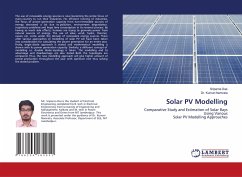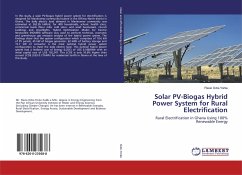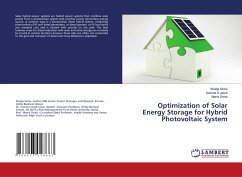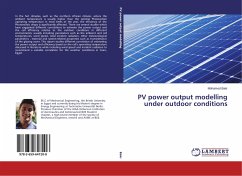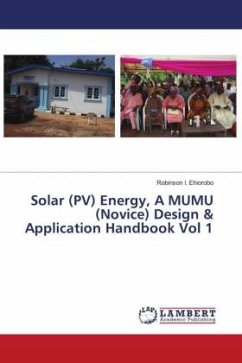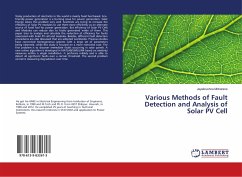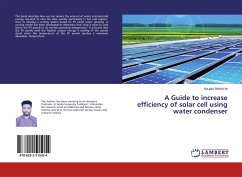The use of renewable energy sources is now becoming the prime focus of every country to run their industries. For efficient running of industries, the focus of power generation capacity from non-renewable sources of energy decreased a bit due to pollution, environment degradation, respiratory problems and large time consumption in its renewal process. By having so much side effects, humans are trying to generate power from natural sources of energy. The use of solar, wind, hydro, thermal, ocean, etc. come under the domain of renewable energy sources. There after various approaches of modelling of solar PV cell have been taken into consideration for calculating the power generation for an entire year. Firstly, single diode approach is stated and mathematical modelling is shown with its power generation capacity. Similarly, a different concept of modelling i.e. double diode topology is taken. The modelling and its advantage and disadvantage are also stated. Both the topologies are compared. Thus, the new modelling approach will give higher amount of power production throughout the year with optimum cost thus solving the stated problem.

